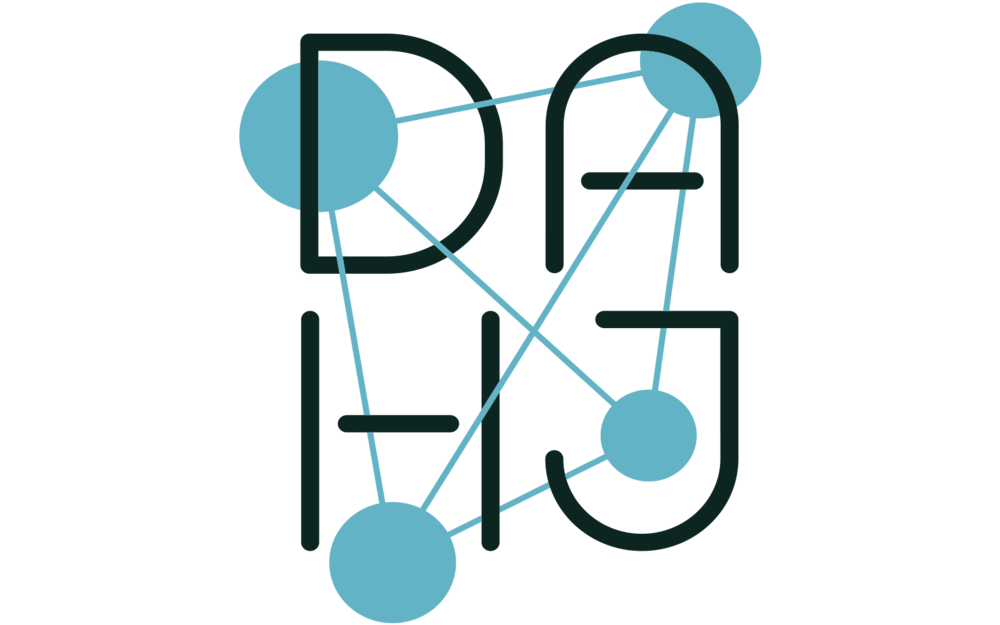Abstract
This paper offers a few reflections on the origins, historiography and condition of the field often referred to as Digital Art History (DAH), with references, among others, to the activities of the Computers and the History of Art group (CHArt, est. 1985) and my personal experience, spanning over 20 years, first as a postgraduate student, then doctoral researcher and eventually Lecturer in DAH. The publications and teaching activities of scholars connected to CHArt are seen as indicative of the evolution of the field internationally. Personal experience, or a reality check, is limited to higher education in the UK. The key argument here concerns the questionable benefit of promoting DAH as a discrete discipline and detaching digital practices from the mainstream history of art and its institutions.
When introduced in the late 1990s, the ‘DAH’ served to indicate a dramatic shift in the way art history could be practiced, taught, studied and communicated. The changes were brought about by widening access to computers and information technology. DAH was suggested—“perhaps a little ahead of time—as a new kind of intellectual fusion” (W. Vaughan). It is no longer necessary to argue for the wise use of computers. Digital technology has become part and parcel of teaching, learning and research. It is the History of Art and its more traditional research methods and critical perspectives that are seen at risk of neglect. The theories of crisis, even ‘death’ of Art History have contributed to general anxiety over the discipline’s future. However, a discipline has “the ability and power to control and judge its borders” (R. Nelson). The discipline of Art History is richer and stronger through the fusion of digital scholarship with, not separation, from more traditional methodologies and critical canons. The need to continue with the ‘digital’ distinction is questionable.
DOI: https://doi.org/10.11588/dah.2015.1.21634
Author
Anna Bentkowska-Kafel
is an independent scholar and part-time Lecturer in Digital Art History in the Department of Digital Humanities, King's College London, UK. She has been a longstanding committee member and editor for Computers and the History of Art (CHArt, est. 1985). She co-organized two CHArt conferences on Digital Art History held at the British Academy in 2001 and 2002, and co-edited the proceedings published by Intellect.

